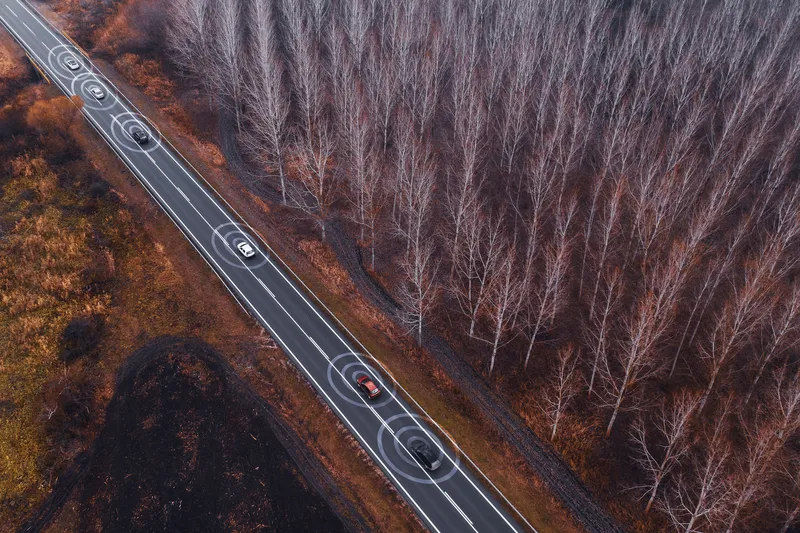
Transurban has chosen Indra's technology to verify high-occupancy vehicles (HOV) on three routes in northern Virginia.
The system will be used on the I-95, I-495, and I-395 express lanes: any driver with fewer than three occupants in their vehicle will need to pay a toll.
Transurban will be able to identify when the number of occupants in a vehicle is less than the vehicle’s transponder declares.
Indra has already demonstrated accuracy in a similar initiative on the I-880 highway near San Francisco.
Its tech, part of the Mova Protect portfolio, is based on artificial vision and deep learning, making it possible to automatically detect, in real-time, front and rear occupants.
Indra's says its solution can "contribute to a more efficient, sustainable and fair management of highways since misuse of high occupancy three (HOV 3) declaration can reduce the operator's ability to control traffic density through dynamic pricing and harms the rest of drivers who declare occupancy correctly".
In 2019 Transurban awarded Indra a contract to integrate multiple traffic control centres in the Australian state of Queensland into a single control center, equipped with Mova Traffic control technology.










